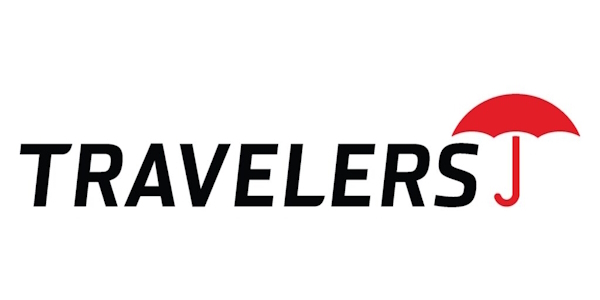Distributed Denial of Service (DDoS) Attacks
A Comprehensive Analysis
Distributed Denial of Service (DDoS) attacks represent a significant threat to the digital infrastructure of organizations worldwide. These attacks aim to overwhelm target resources, such as websites or networks, by inundating them with excessive traffic, rendering services unavailable to legitimate users. The severity and frequency of DDoS attacks have increased dramatically in recent years, with global attack numbers surpassing 11 million in 2022.
Understanding DDoS Attacks
DDoS attacks leverage multiple compromised computer systems as sources of attack traffic, often utilizing botnets or DDoS-for-hire services. The primary objective is to saturate the target’s resources, causing service disruption and potential financial and reputational damage.
Notable DDoS Incidents
Several high-profile DDoS attacks have highlighted the potential impact of these cyber threats:
- GitHub (2018): A record-breaking attack utilizing Memcached servers generated 1.35 Tbps of traffic, temporarily disrupting GitHub services.
- Amazon Web Services (2020): AWS successfully mitigated a 2.3 Tbps attack, which was the largest recorded at the time, targeting one of its customers.
- Estonia (2007): A politically motivated attack targeted Estonian banks, government agencies, and media outlets, causing weeks of service disruptions.
Business Impact
DDoS attacks can have severe consequences for organizations:
- Service Downtime: Websites, applications, and networks may become inaccessible.
- Financial Losses: Extended disruptions lead to revenue loss and increased mitigation costs.
- Reputational Damage: Customer and partner trust may erode due to repeated or prolonged outages.
- Collateral Damage: Overloaded systems can impact other services sharing the same infrastructure.
Prevention and Mitigation Strategies
To protect against DDoS attacks, organizations should consider implementing a multi-layered defense strategy:
1. DDoS Mitigation Services: Utilize services such as Cloudflare, Akamai, or AWS Shield to filter and block malicious traffic.
2. Rate Limiting: Configure systems to restrict the number of requests from a single source, preventing resource exhaustion.
3. Load Balancing: Distribute incoming traffic across multiple servers to prevent overload and ensure service availability.
4. Web Application Firewalls (WAFs): Deploy WAFs to detect and block malicious traffic patterns, providing an additional layer of protection.
5. Network Traffic Monitoring: Implement tools like SolarWinds or Zabbix to identify unusual traffic spikes and facilitate rapid response.
6. Incident Response Planning: Develop a comprehensive plan to manage and mitigate DDoS incidents when they occur effectively.
Conclusion
As DDoS attacks evolve in sophistication and scale, organizations must remain vigilant and proactive in their defense strategies. By implementing advanced mitigation tools, monitoring network traffic, and preparing for rapid response, businesses can enhance their resilience against these highly disruptive attacks.
Investing in robust DDoS defense mechanisms and maintaining an up-to-date incident response plan are crucial steps in safeguarding digital infrastructure and ensuring business continuity in the face of evolving cyber threats.
Connected. Protected. Empowered.
We help businesses thrive in a digital world by delivering reliable AT&T connectivity solutions, advanced cybersecurity, and cutting-edge IT services. From high-speed internet to threat protection, we’re your one trusted partner for smarter, safer operations.
Request a Custom Quote
Tell us what you need, and we’ll build a solution around your goals and budget.
No Spam. Promise!














